Cogito Ergo Nomics
How easy is your car to use? I'm not talking about acceleration, steering or cornering. I'm talking about the mental effort required to successfully interact with your car’s secondary features, such as in-car entertainment or the trip computer. While controls like steering (the brilliant simplicity of a wheel), throttle (foot pedal farthest to the right) and braking (second-to-right pedal) are standardized for most vehicles certified for use on a public road, the majority of other controls are confusing enough to plunge an automotive reviewer (or a Hertz Platinum Club member) into RTFM rage.
Sometimes it’s a simple matter of old habits dying hard: in many ways the best interface is one you don't have to re-learn. If you're used to having to jab at a button several times to adjust the temperature several degrees while surveying the change on a display that’s located on the opposite hemisphere of the dash, that may be the best user interface—for you.
But that’s not the whole story when something as basic as starting the car has now taken on innumerous forms. Do you A) insert the key in a slot (to the right or left of the steering wheel or in the center console) and turn it or B) insert the key in a hole and push it or C) insert the key into a slot and push a start button or D) ignore the key altogether as long as it's on your person and then either push a button or twist a piece of plastic adjacent to the steering wheel? Each of these methods are used by at least one current production car—and I’m sure I’ve missed at least one type of ignition sequence.
Changing gears is a similar issue. If you want to upshift using an automatic transmission with a shift-it-yourself mode, do you tap the shifter forward, backward or to the right? Or do you use buttons on the steering wheel? If you use steering wheel buttons, do you push the button on the right to upshift or on the back to downshift and the front to upshift? Or does the car instead use paddles behind the steering wheel? Which paddle do you use? Do you push or pull? And in case you want to shift while turning, do the paddles rotate with the steering wheel or are they stationary?
Even something as simple as automatic door locks come complete with their own set of usability issues. Do they lock when you put the car in Drive or when you reach a preset speed? Do they automatically unlock when you put the car back in Park? Do they automatically unlock when you pull the interior door handle, and if so, in the back seat or just the front? How do you disable them? Can you disable them? Can you even answer these questions about your own car?
Clearly, usability and interface design principles are taking a backseat to aesthetics and automakers’ oddly conflicting compulsions to be both trendy and unique. The problem is compounded by the unprecedented numbers of features being added to new cars, such as satellite radio and navigation, iPod integration, DVD players, Bluetooth cell phone connections, four-zone climate control, OnStar, heated and cooled massaging memory seats, etc. Without well-thought-out ways of interacting with these new features, the result is anarchy. I’d like to know how many times BMW Assist has been summoned by X5 drivers who thought they were opening their sunroofs, since the corresponding buttons are poorly marked, nearly identical, and adjacent to each other in matching wells, for no apparent reason other than BMW’s ever-questionable ideas regarding aesthetics.
Annoyances aside, this is a serious matter. Among products that most of us deal with on a day-to-day basis, cars inhabit a special subcategory: products that regularly cause death. Anything that requires us to dawdle too long with an in-car interface literally puts lives in danger, yet cars are still often poorly thought out or designed with form over function. No matter your opinion on how easy BMW’s iDrive controller is to learn, there’s no getting around the fact that you have to take your eyes off the road for significant periods of time to navigate through its seemingly endless hierarchy of menus.
While manufacturers may be aware of the problem, they’re not very good at solving it. They often seem to simply compete in shoehorning more features into fewer buttons, birthing such disastrous ideas as the aforementioned 11-way haptic feedback control knob (a.k.a. iDrive) and nearly equally—though differently—awful in-car voice recognition. For enthusiasts, these issues are particularly pressing. Any device which gets between them and driving is, rightly, reviled. Any device that adds to their enjoyment without frustrating them is celebrated. For hi-tech-loving manufacturers, designing a car that’s easy-to-use that pleases the cognoscenti isn’t proving easy.
More by Josh Brannon
Latest Car Reviews
Read moreLatest Product Reviews
Read moreRecent Comments
- Doc423 It's a flat turn, not banked, which makes it more difficult to negotiate, especially if you're travelling a little too fast.
- Jeff “So, the majority of our products are either ICE vehicles or intended to utilize those multi-energy platforms that we have. This is a great opportunity for us, compared to our peers, having the multi-energy platforms for all of our products in development and having the agility to move between them,” she said. From what is stated about the next generation Charger it will be released as a 2 door EV and then as a 4 door with the Hurricane turbo straight 6. I assume both the 2 door and 4 door is on the same platform.
- Brendan Duddy soon we'll see lawyers advertising big payout$ after getting injured by a 'rogue' vehicle
- Zerofoo @VoGhost - The earth is in a 12,000 year long warming cycle. Before that most of North America was covered by a glacier 2 miles thick in some places. Where did that glacier go? Industrial CO2 emissions didn't cause the melt. Climate change frauds have done a masterful job correlating .04% of our atmosphere with a 12,000 year warming trend and then blaming human industrial activity for something that long predates those human activities. Human caused climate change is a lie.
- Probert They already have hybrids, but these won't ever be them as they are built on the modular E-GMP skateboard.




















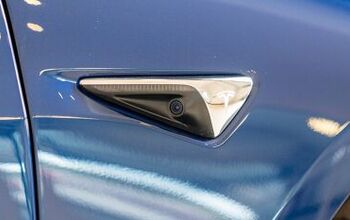

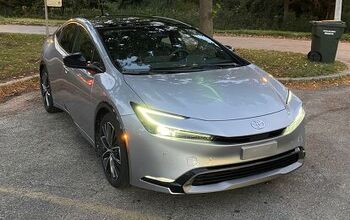


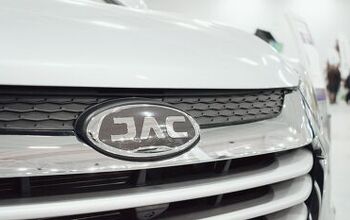
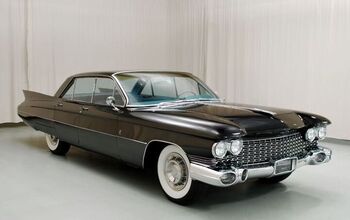






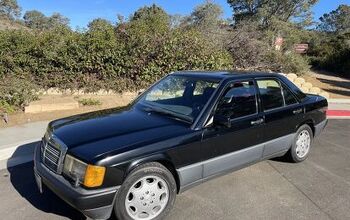
Comments
Join the conversation
Ha! Just read this on the new revised Saab 9-3 interiors! http://www.testdriven.co.uk/news.cfm/2007_saab_9-3_range_gets_revised_interior And one of themany changes is moving the stupid dash mounted wheel "button" to access the trip computer to the steering wheel! They do have sense afterall!
My Honda Fit is pretty damn easy to use. My S2000 was easier still.